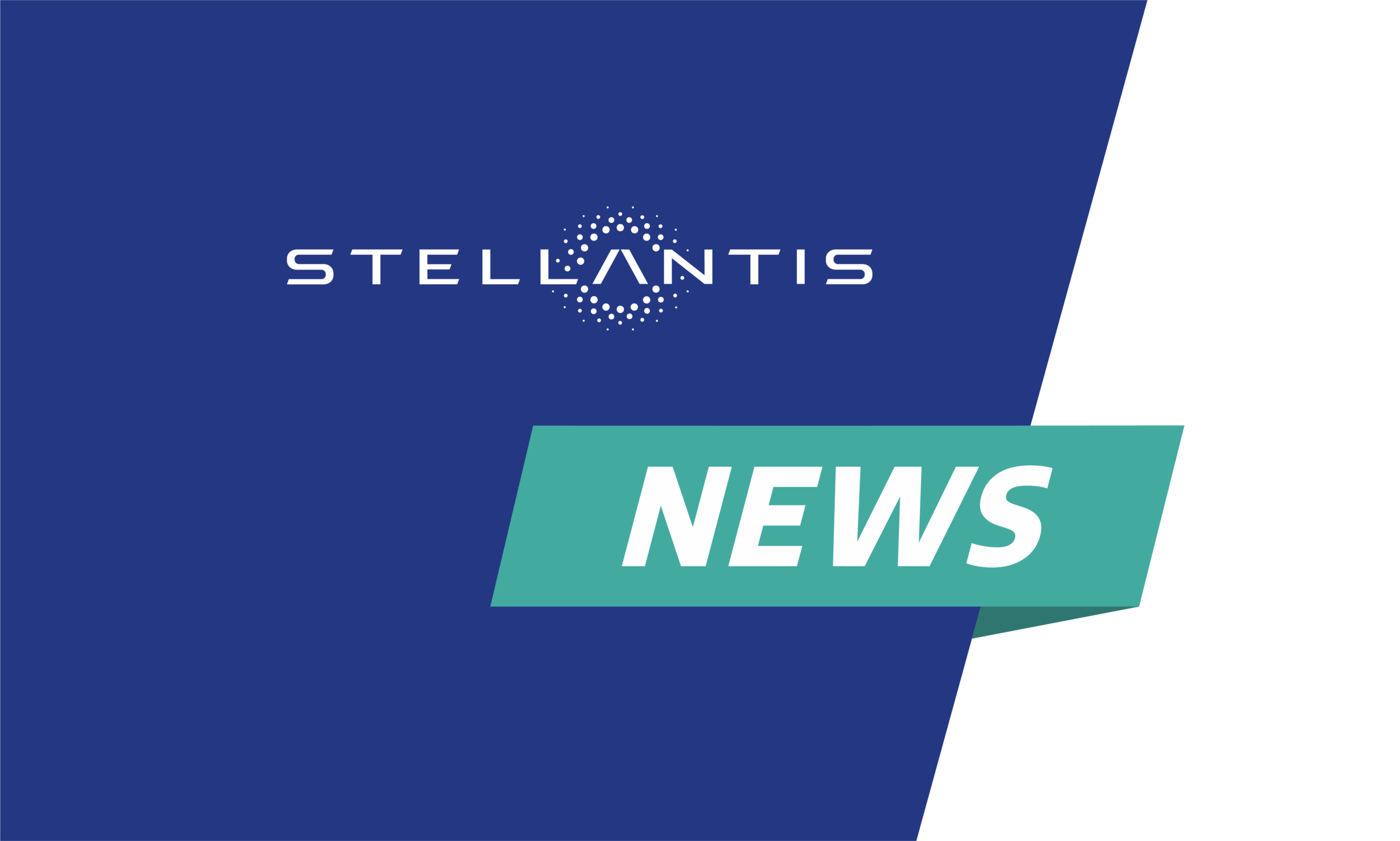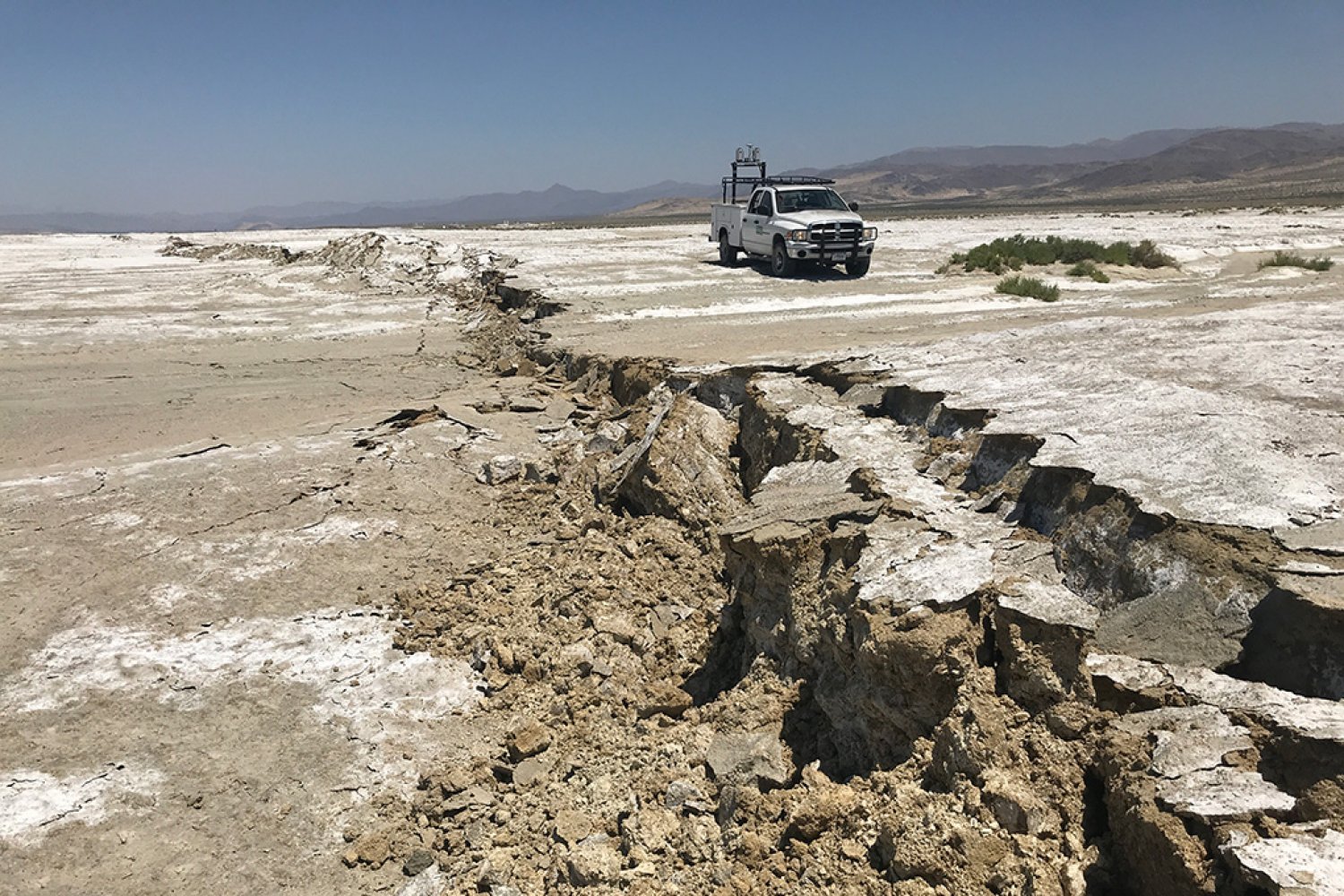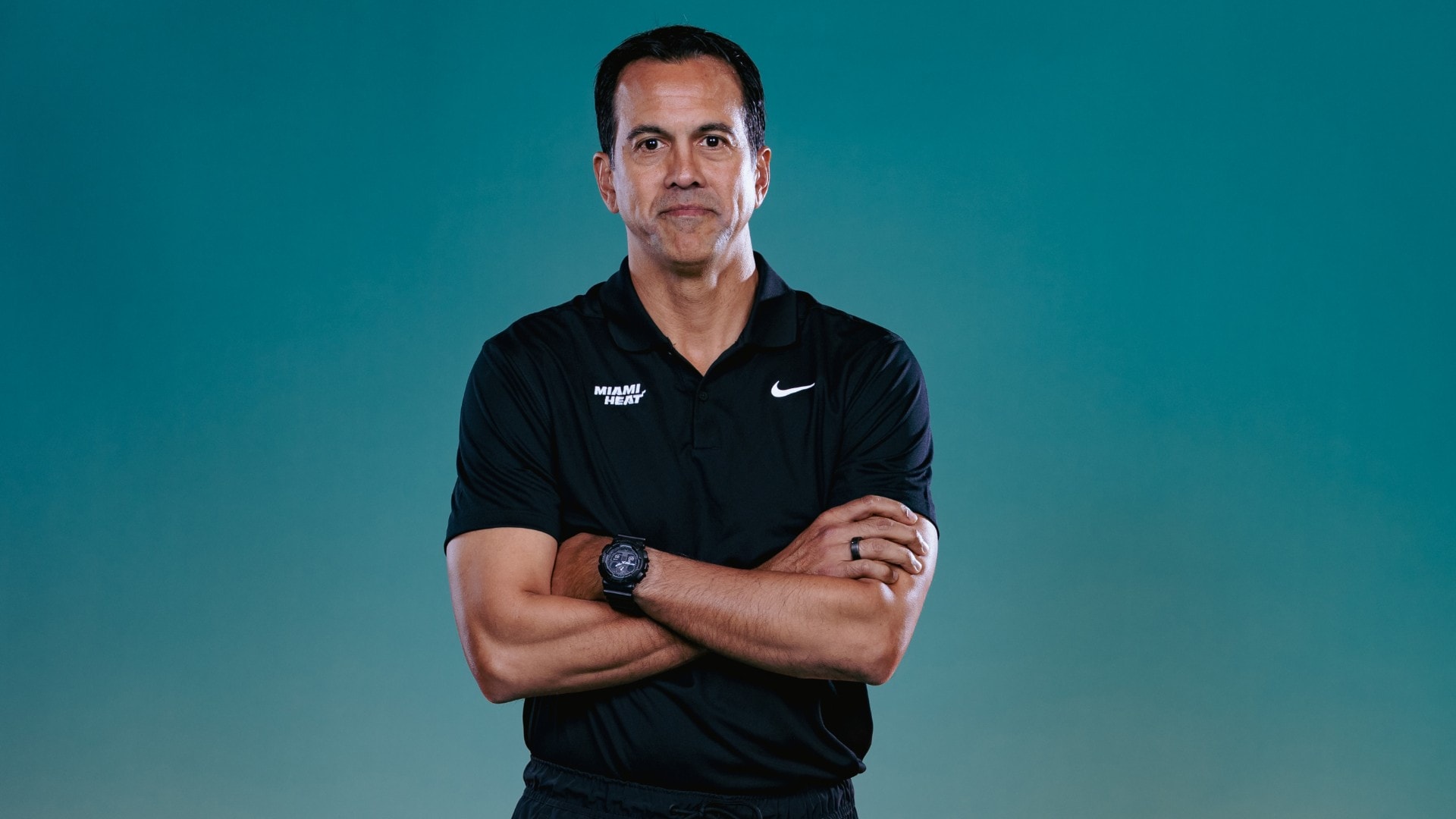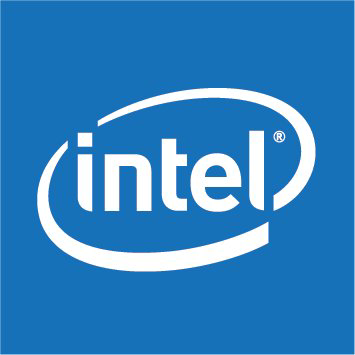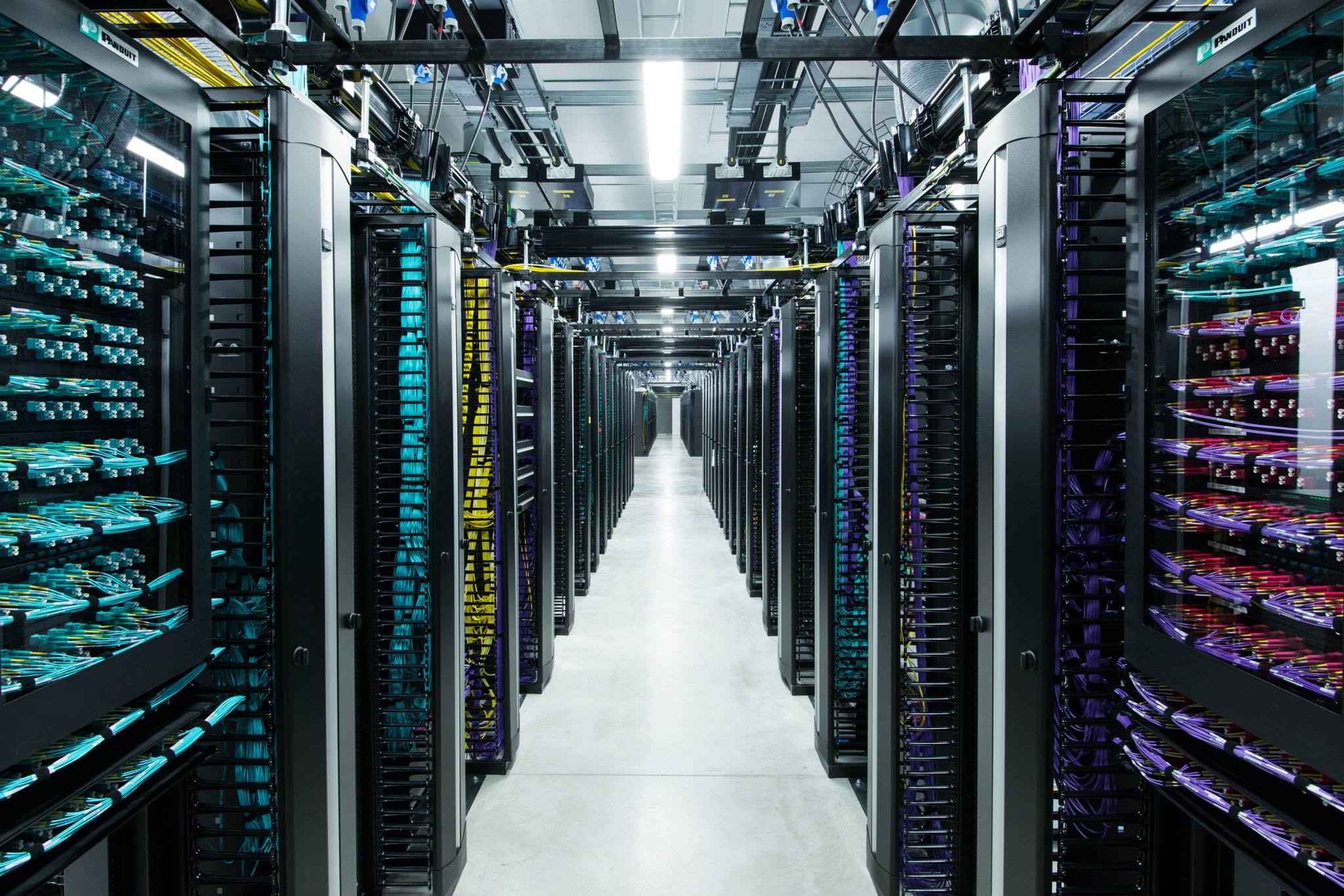AUBURN HILLS, Michigan – Stellantis announced today plans to invest $13 billion over the next four years to grow its business in the critical United States market and to increase its domestic manufacturing footprint. The investment is the largest in the Company’s 100-year U.S. history and will support the introduction of five new vehicles across the brand portfolio in key segments; production of the all-new four-cylinder engine; and the addition of more than 5,000 jobs at plants in Illinois, Ohio, Michigan and Indiana.
The new investment will further expand Stellantis’ already significant U.S. footprint, increasing annual finished vehicle production by 50% over current levels. The new product launches will be in addition to a regular cadence of 19 refreshed products across all U.S. assembly plants and updated powertrains planned through 2029.
“This investment in the U.S. – the single largest in the Company’s history – will drive our growth, strengthen our manufacturing footprint and bring more American jobs to the states we call home,” said Antonio Filosa, Stellantis CEO and North America COO. “As we begin our next 100 years, we are putting the customer at the center of our strategy, expanding our vehicle offerings and giving them the freedom to choose the products they want and love.”
“Accelerating growth in the U.S. has been a top priority since my first day. Success in America is not just good for Stellantis in the U.S. — it makes us stronger everywhere,” Filosa said.
Plant Investment Details(1)
The $13 billion investment plan includes research and development and supplier costs to execute the Company’s full product strategy over the next four years as well as investments in its manufacturing operations. The details of the plant-specific investments follow:
Illinois
Stellantis intends to invest more than $600 million to reopen the Belvidere Assembly Plant to expand production of the Jeep® Cherokee and Jeep Compass for the U.S. market. With an initial production launch expected in 2027, these actions are anticipated to create around 3,300 new jobs.
Ohio
With an investment of nearly $400 million, assembly of an all-new midsize truck, previously allocated to the Belvidere plant, plans to move to the Toledo Assembly Complex, where it will join the Jeep Wrangler and Jeep Gladiator. The production shift could create more than 900 jobs. Launch timing is expected in 2028.
The Company also intends to continue with investments in its Toledo operations as previously announced in January. This includes additional technologies and strong product actions for both the Jeep Wrangler and Jeep Gladiator, and more components critical to production at the Toledo Machining Plant.
Michigan
Stellantis plans to develop an all-new range-extended EV and internal combustion engine large SUV that will be produced at the Warren Truck Assembly Plant beginning in 2028. The Company will invest nearly $100 million to retool the facility. It is anticipated that the new program will add more than 900 jobs at the plant, which currently assembles the Jeep Wagoneer and Grand Wagoneer.
The Company also expects to invest $130 million to prepare the Detroit Assembly Complex – Jefferson for production of the next-generation Dodge Durango, reaffirming its commitment from January. Production is anticipated to launch in 2029.
Indiana
The Company confirms its January announcement to make additional investments in several of its Kokomo facilities to produce the all-new four-cylinder engine – the GMET4 EVO – beginning in 2026. The Company plans to invest more than $100 million and to add more than 100 jobs to ensure that the U.S. will be the manufacturing home of this strategic powertrain.
Stellantis’ U.S. footprint includes 34 manufacturing facilities, parts distribution centers and research and development locations across 14 states. These operations support more than 48,000 employees, 2,600 dealers and nearly 2,300 suppliers in thousands of communities across the country. Today’s announcement builds on the previously announced actions in January 2025.
NOTES
About Stellantis
Stellantis N.V. (NYSE: STLA / Euronext Milan: STLAM / Euronext Paris: STLAP) is a leading global automaker, dedicated to giving its customers the freedom to choose the way they move, embracing the latest technologies and creating value for all its stakeholders. Its unique portfolio of iconic and innovative brands includes Abarth, Alfa Romeo, Chrysler, Citroën, Dodge, DS Automobiles, FIAT, Jeep®, Lancia, Maserati, Opel, Peugeot, Ram, Vauxhall, Free2move and Leasys. For more information, visit www.stellantis.com.
Stellantis Forward-Looking Statements
This communication contains forward-looking statements. In particular, statements regarding future events and anticipated results of operations, business strategies, the anticipated benefits of the proposed transaction, future financial and operating results, the anticipated closing date for the proposed transaction and other anticipated aspects of our operations or operating results are forward-looking statements. These statements may include terms such as “may”, “will”, “expect”, “could”, “should”, “intend”, “estimate”, “anticipate”, “believe”, “remain”, “on track”, “design”, “target”, “objective”, “goal”, “forecast”, “projection”, “outlook”, “prospects”, “plan”, or similar terms. Forward-looking statements are not guarantees of future performance. Rather, they are based on Stellantis’ current state of knowledge, future expectations and projections about future events and are by their nature, subject to inherent risks and uncertainties. They relate to events and depend on circumstances that may or may not occur or exist in the future and, as such, undue reliance should not be placed on them.
Actual results may differ materially from those expressed in forward-looking statements as a result of a variety of factors, including: the ability of Stellantis to launch new products successfully and to maintain vehicle shipment volumes; changes in the global financial markets, general economic environment and changes in demand for automotive products, which is subject to cyclicality; Stellantis’ ability to successfully manage the industry-wide transition from internal combustion engines to full electrification; Stellantis’ ability to offer innovative, attractive products and to develop, manufacture and sell vehicles with advanced features including enhanced electrification, connectivity and autonomous-driving characteristics; Stellantis’ ability to produce or procure electric batteries with competitive performance, cost and at required volumes; Stellantis’ ability to successfully launch new businesses and integrate acquisitions; a significant malfunction, disruption or security breach compromising information technology systems or the electronic control systems contained in Stellantis’ vehicles; exchange rate fluctuations, interest rate changes, credit risk and other market risks; increases in costs, disruptions of supply or shortages of raw materials, parts, components and systems used in Stellantis’ vehicles; changes in local economic and political conditions; changes in trade policy, the imposition of global and regional tariffs or tariffs targeted to the automotive industry, the enactment of tax reforms or other changes in tax laws and regulations; the level of governmental economic incentives available to support the adoption of battery electric vehicles; the impact of increasingly stringent regulations regarding fuel efficiency requirements and reduced greenhouse gas and tailpipe emissions; various types of claims, lawsuits, governmental investigations and other contingencies, including product liability and warranty claims and environmental claims, investigations and lawsuits; material operating expenditures in relation to compliance with environmental, health and safety regulations; the level of competition in the automotive industry, which may increase due to consolidation and new entrants; Stellantis’ ability to attract and retain experienced management and employees; exposure to shortfalls in the funding of Stellantis’ defined benefit pension plans; Stellantis’ ability to provide or arrange for access to adequate financing for dealers and retail customers and associated risks related to the operations of financial services companies; Stellantis’ ability to access funding to execute its business plan; Stellantis’ ability to realize anticipated benefits from joint venture arrangements; disruptions arising from political, social and economic instability; risks associated with Stellantis’ relationships with employees, dealers and suppliers; Stellantis’ ability to maintain effective internal controls over financial reporting; developments in labor and industrial relations and developments in applicable labor laws; earthquakes or other disasters; risks and other items described in Stellantis’ Annual Report on Form 20-F for the year ended December 31, 2024 and Current Reports on Form 6-K and amendments thereto filed with the SEC; and other risks and uncertainties.
Any forward-looking statements contained in this communication speak only as of the date of this document and Stellantis disclaims any obligation to update or revise publicly forward-looking statements. Further information concerning Stellantis and its businesses, including factors that could materially affect Stellantis’ financial results, is included in Stellantis’ reports and filings with the U.S. Securities and Exchange Commission and AFM.
